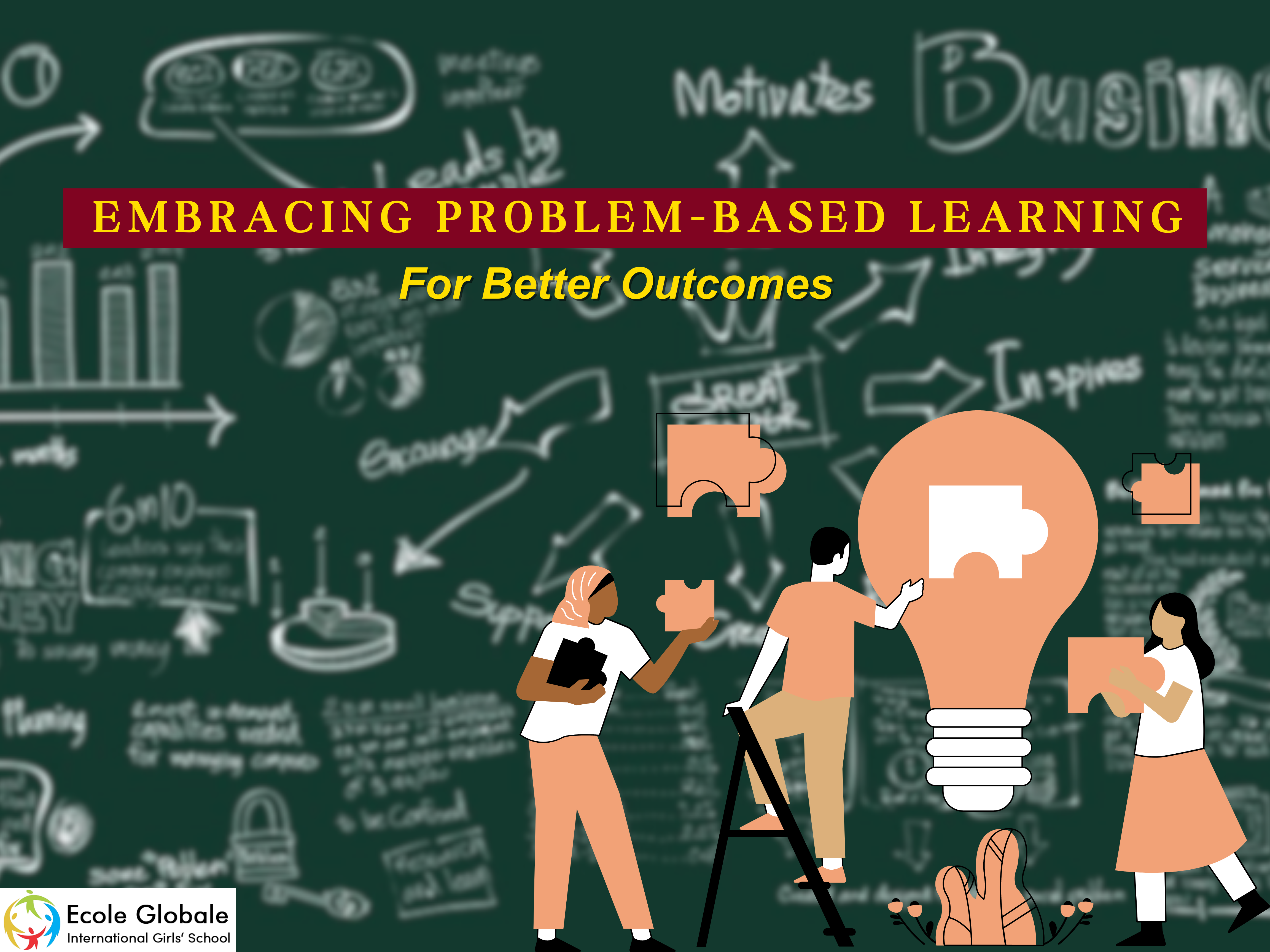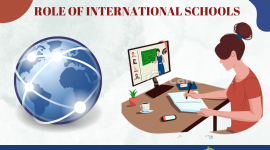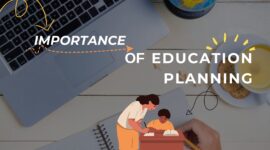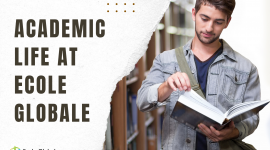In the evolving landscape of education, problem-based learning (PBL) and student-led learning experiences have gained prominence as essential strategies for nurturing independent, engaged learners.
As classrooms shift towards more student-centered approaches, the focus is on fostering critical thinking, creativity, and real-world problem-solving skills. These methods ensure that students are active participants in their learning journeys, preparing them for the complexities of the modern world.
I. What is Problem-Based Learning?
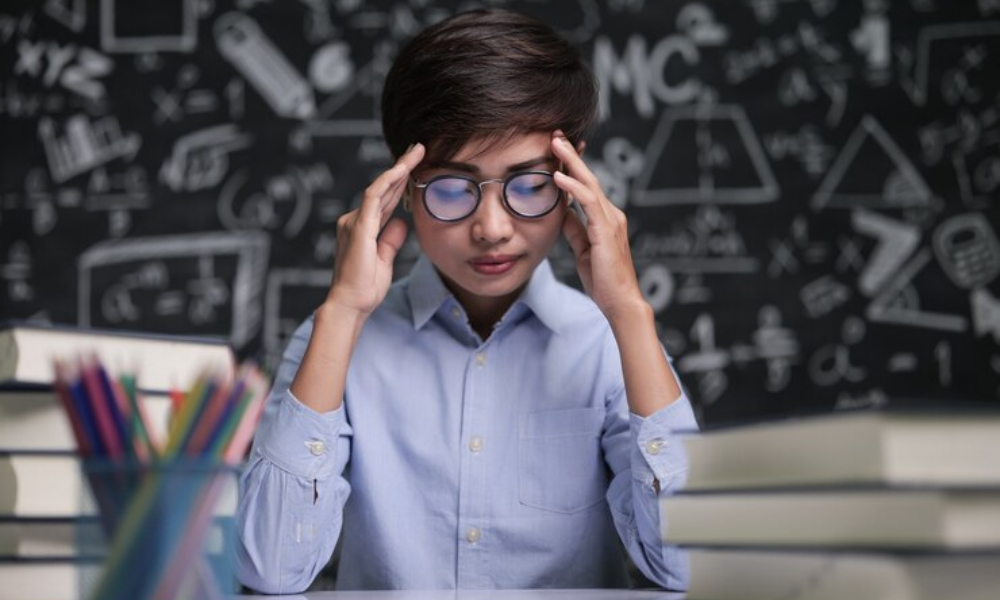
Definition and Key Characteristics of PBL
Problem-based learning is an instructional method in which students learn by actively engaging with real-world problems, rather than passively receiving information. The process encourages students to collaborate, research, and solve complex issues, thereby enhancing their understanding of the subject matter.
Key characteristics of PBL include:
- Real-world, authentic problems
- Student-driven inquiry and research
- Collaboration among peers
- Reflection and feedback loops
- Teacher facilitation rather than direct instruction
Benefits of PBL
Problem-based learning offers numerous benefits that contribute to deeper learning outcomes. These include:
- Critical Thinking: Students analyze, evaluate, and synthesize information, honing their critical thinking skills.
- Collaboration: Working in groups fosters teamwork and communication, essential for future professional environments.
- Problem-Solving: PBL provides opportunities to solve real-life issues, helping students develop practical solutions.
- Engagement: Authentic problems increase student motivation and engagement, making learning more relevant and meaningful.
II. Designing Effective PBL Experiences
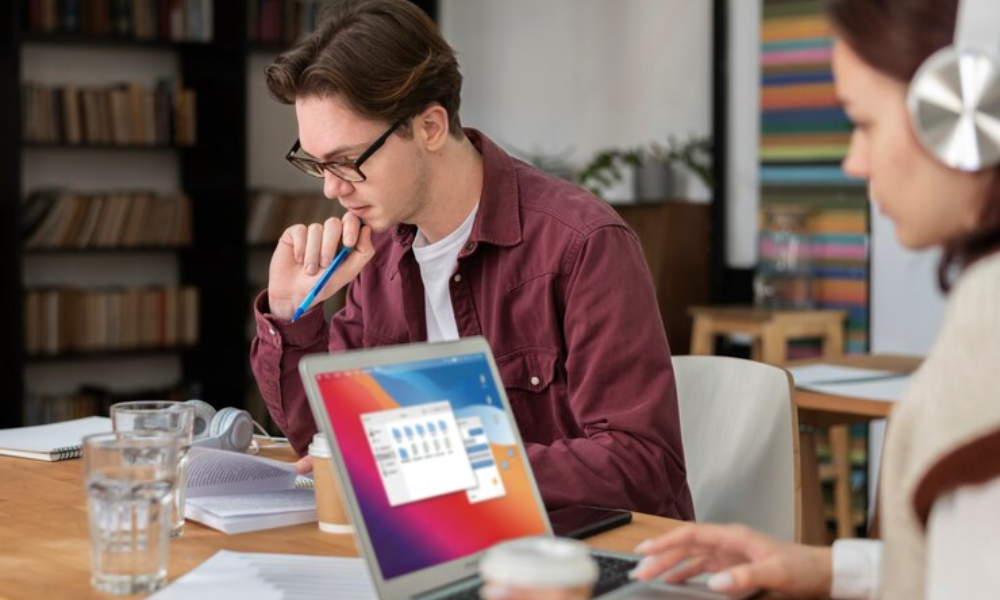
For PBL to be successful, educators must thoughtfully design experiences that resonate with students and challenge their thinking.
Setting Clear Learning Goals and Objectives
When implementing problem-based learning, it’s important to establish clear learning goals and objectives. These should align with both academic standards and the development of critical life skills such as communication, collaboration, and decision-making.
Developing Authentic, Real-World Problems
The problems posed to students should be relevant to their interests and the world around them. Authentic learning experiences motivate students by demonstrating the real-world application of what they are learning. For instance, a project on environmental sustainability allows students to explore issues like waste management or renewable energy.
Encouraging Student Inquiry and Investigation
Inquiry is at the heart of problem-based learning. Teachers should encourage students to ask questions, conduct research, and investigate solutions. By guiding their inquiry, educators promote deeper learning and foster student autonomy.
III. Student-Led Learning Experiences
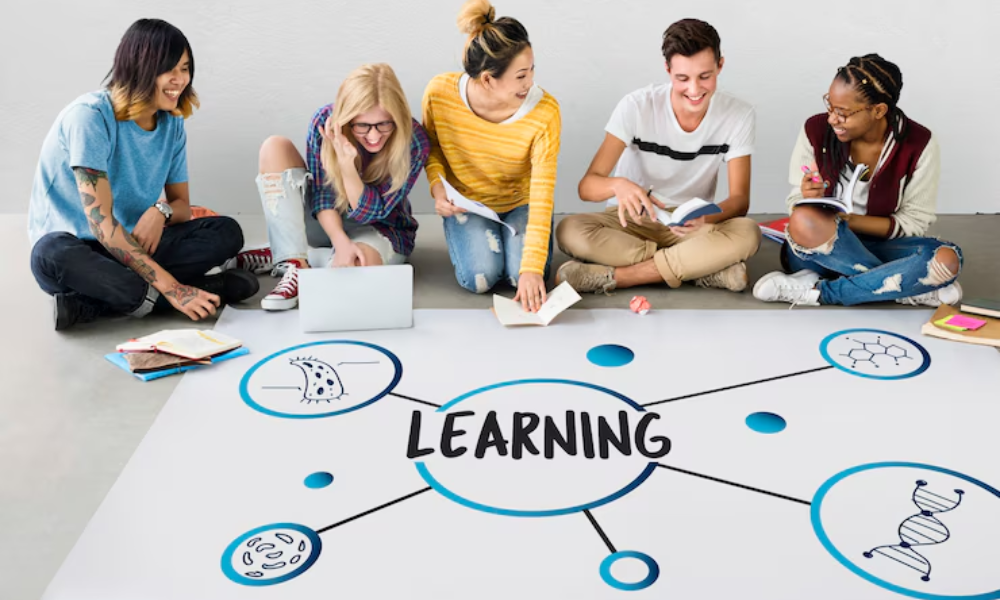
Definition and Benefits of Student-Led Learning
Student-led learning refers to instructional strategies that place the student at the center of the learning process. In this model, students take responsibility for their own learning, with the teacher acting as a facilitator.
The benefits of student-led learning include:
- Increased Engagement: Students are more invested when they direct their own learning.
- Personalized Learning: This approach accommodates different learning styles and paces, promoting personalized learning.
- Development of Independence: Students learn to manage their time, make decisions, and reflect on their progress.
Examples of Student-Led Learning Strategies
Some effective student-led learning strategies include:
- Project-Based Learning: Students work on projects based learning that require planning, execution, and reflection, often over an extended period.
- Peer-to-Peer Teaching: Students take turns teaching one another, reinforcing their knowledge and communication skills.
- Inquiry-Based Learning: This involves students asking questions and conducting research to find answers, further promoting curiosity and self-direction.
IV. Combining PBL and Student-Led Learning
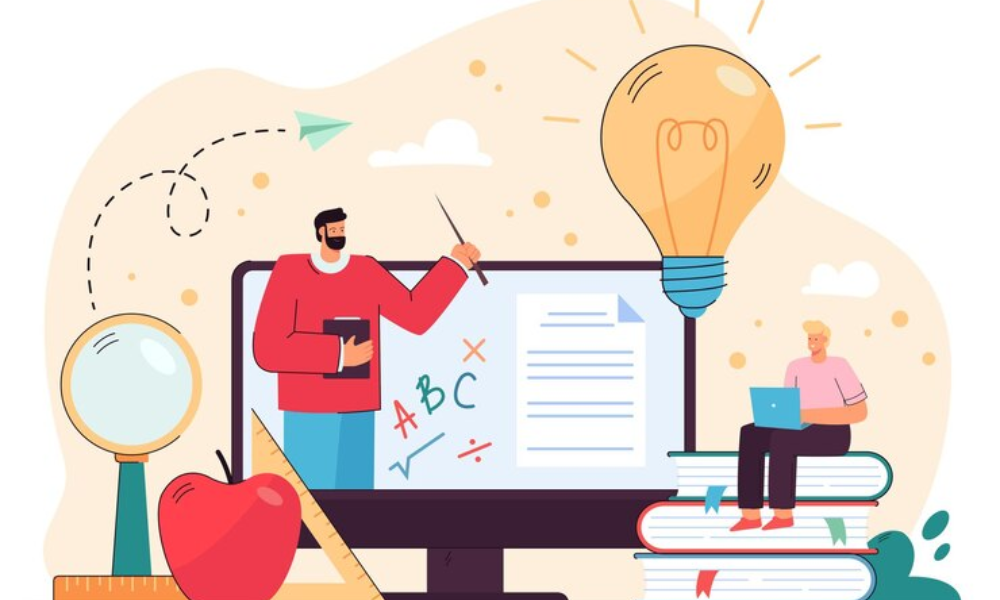
Creating Student-Led PBL Experiences
Combining problem-based learning with student-led learning is a powerful way to promote student ownership of their education. In student-led PBL experiences, students are responsible for identifying problems, conducting research, and presenting solutions. This approach helps to develop student autonomy and nurtures leadership skills.
For instance, students could be tasked with identifying a local community problem, such as food waste, and then working together to develop a plan for reducing waste in their school cafeteria. This not only teaches them about environmental science but also allows them to take ownership of a meaningful project.
Fostering Student Autonomy and Agency
Student autonomy is crucial in the PBL process. Educators should foster an environment where students feel empowered to make decisions about their learning. Providing opportunities for students to set their own goals, choose research methods, and assess their progress can greatly enhance the effectiveness of PBL.
V. Implementing PBL and Student-Led Learning
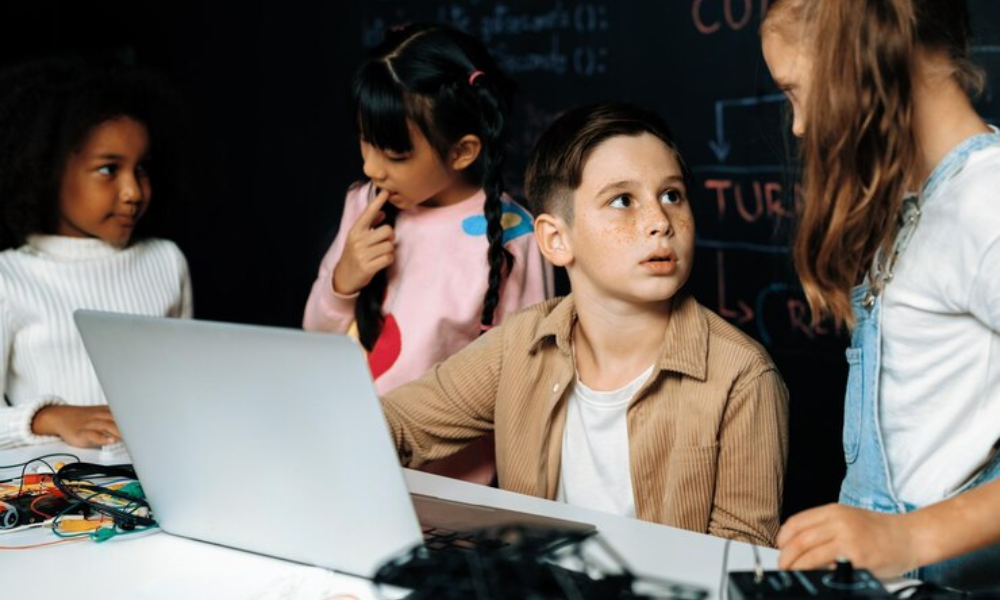
Overcoming Challenges and Barriers
While problem-based learning and student-led learning offer many benefits, they can also present challenges. Common barriers include:
- Time Constraints: PBL and student-led projects can be time-consuming.
- Student Readiness: Not all students may feel comfortable with the autonomy required in student-led learning.
- Resource Limitations: Access to appropriate materials and technology may be limited in some schools.
Educators can overcome these challenges by starting with small-scale PBL projects, providing clear instructions, and offering scaffolding to support student learning.
Providing Support and Scaffolding for Students
Effective PBL requires educators to provide adequate support without taking control of the learning process. Scaffolding techniques, such as guiding questions, collaborative group work, and periodic check-ins, help ensure that students stay on track and feel confident in their abilities.
Assessing Student Learning and Progress
Assessment in PBL should focus not only on the final product but also on the process. Formative assessments, such as peer reviews and self-reflections, can provide valuable insights into student progress. Rubrics that emphasize critical thinking, problem-solving, and collaboration are also helpful in measuring learning outcomes.
VI. Conclusion
Problem-based learning and student-led learning are powerful tools for creating meaningful, student-centered educational experiences. By fostering critical thinking, collaboration, and real-world problem-solving, these methods prepare students for future academic and professional challenges.
Educators should embrace these approaches and explore creative ways to integrate them into their classrooms. With the right support and planning, PBL and student-led learning can transform education, making it more engaging, effective, and relevant for today’s students.






